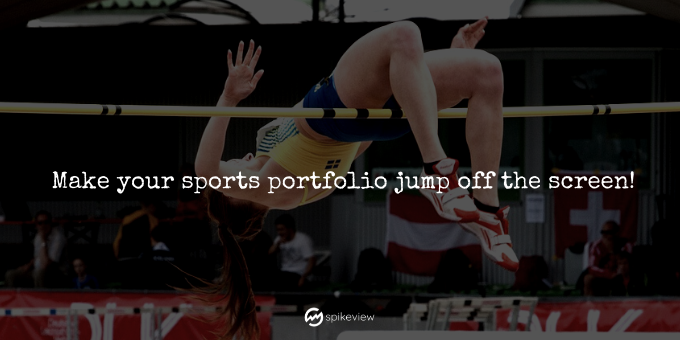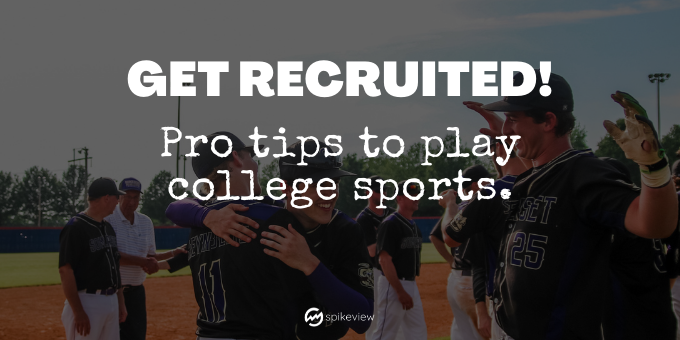Pro tips to get recruited for college sports
About 8 million students play high school sports! Football, baseball, basketball, soccer, volleyball, lacrosse, tennis, golf, and on and on. 1 in 14 get to play sports in college.
If that’s your dream, read on!
College coaches & recruiters use spikeview to evaluate athletes.
Athletic directors and coaches want students to answer an important question: Who are you?
Coaches want to know the soul behind the stats. It’s not enough to set individual records in your sport. College recruiters need to know if you’re a good fit. Their job is on the line to make the right decisions for their entire team – players and staff.

Your spikeview is a customized graph that reflects your hobbies, accomplishments, badges, trips, and anything else you’re doing on and off the field. It’s how the world will see you.
Demonstrate who you are on and off the field.
One of the reasons recruiters use spikeview is that it’s a way for them to evaluate candidates far beyond a typical sports portfolio. It’s impossible for them to develop a relationship with every student-athlete. No one has the time or resources to go on internet scavenger hunts to learn about your work ethic, how you interact with teammates and coaches, and how you manage your time.
The spikeview platform demonstrates who you are on and off the field, so colleges can build a relationship with you early in the decision-making process. It’s an online portfolio that goes far beyond the typical stats and highlight reels. You can also link social media and personal websites to your spikeview.
All the information schools want for scouting and recruiting in one secure, online hub.
Five pro tips to make your sports portfolio jump off the screen.
Here are some tips from professional agents and athletes as you create a spikeview profile and fill out the sports portfolio section.

1. Decide which division you’re likely to play for.
Learn about the differences between athletic divisions to figure out which one is the best fit for you. Check out both the NCAA and NAIA. Just because you aren’t the clear MVP doesn’t mean you can’t be recruited to play at the next level. You also want to make sure your academic interests and accomplishments are in line with the colleges.
2. Join a club program and focus on getting better.
Mike Schanhals has 20 years of college coaching experience. He says, “there is a ton of hype about getting recruited and not enough hype about getting better. Fact: you need to get better before you even think about playing in college. Joining a club program might be just the ticket.
3. Work hard and stay humble.
TheBestSchools.org puts it this way: The majority of student athletes who make it to the college level will probably start…on the bench. Always show that you are going to be a team player, not a problem child. Take some initiative by emailing coaches a short intro and your spikeview link.
4. If recruiting doesn’t yield the results you wanted, walk on.
You can always try to walk on as a non-scholarship player at a school you’re hoping to play for. There are different types and rules, so be sure to do your research.
5. Pursue the schools and teams that fit you.
Ethan Guevin works for a recruiting organization, and he says it’s common for athletes to think they’re getting overlooked when the truth is they aren’t the right fit. Identify all your options (e.g. junior college) and be honest about where you’d likely thrive.
Coach Javi has similar advice. He also has some pointers for your spikeview sports portfolio so you can be sure to demonstrate you’re the right fit for the college you’re pursuing.

